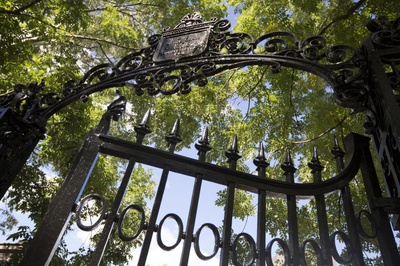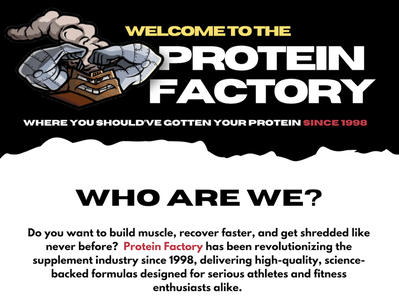
News
News Flash: Memory Shop and Anime Zakka to Open in Harvard Square

News
Harvard Researchers Develop AI-Driven Framework To Study Social Interactions, A Step Forward for Autism Research

News
Harvard Innovation Labs Announces 25 President’s Innovation Challenge Finalists

News
Graduate Student Council To Vote on Meeting Attendance Policy

News
Pop Hits and Politics: At Yardfest, Students Dance to Bedingfield and a Student Band Condemns Trump
ESQUIMO TEETH PROVE HEALTH OF MEAT DIET
Dr. Fernald of Dental School Has Casts Taken by MacMillan
By means of some 90 models of Eskimo teeth, Dr. Adelbert Fernald, Curator of the Harvard Dental School Museum, has proved that eating a strictly meat diet is the ideal way in which to keep the human mouth in a healthy condition, and that it is due to the fact that civilized people do not eat enough meat that they as a rule have decayed teeth.
Commander Donald B. MacMillan, the noted Arctic explorer, obtained about 90 impressions of the teeth of the Eskimos of Smith Sound, "the meat eaters," who live the farthest north of any human beings. He did this at the request of Dr. Fernald, who desired the models for the Dental School Museum. The impressions were made on one of MacMillan's most recent Artic expeditions. From the impressions, models have been constructed. Commander MacMillan said that "the Smith Sound Eskimos average about four ounces of vegetable matter each year per capita."
Only one tooth of the 616 contained in the models is deformed. All the models represent mouths and teeth wonderfully developed. A more definite proof of the efficacy of a meat diet in maintaining healthful teeth could not be desired.
Out of the 616 teeth only seven are missing, while Dr. Fernald states that of the same number of teeth in the mouths of New England people, he would expect to find more than 100 missing.
In connection with the securing of the Eskimo teeth models from Commander MacMillan, Dr. Fernald arranged with Professor Hooton of the Peabody Museum at Harvard to secure impressions of the teeth of Yucatan natives during a southern expedition. These people are famous as vegetable eaters. Most of them eat no meat whatever. It was found that their teeth were very much decayed. At a surprisingly early age, their teeth lost all semblance of even a normally healthy condition, and most of them, when middle aged, had practically no teeth, whatever. It has been the experience of most dentists that those people who have the healthiest teeth are those who eat the most meat, which points to the same conclusion as Dr. Fernald's researches.
Many of the models of the Eskimo teeth are perfect in every way, not having the slightest defect either of form or condition. Dr. Fernald states that is the 32 years of his dental practice he has seen only one set of teeth which were perfect in every respect.
Dr. Fernald says "Studying the models of these peoples' mouth in the interest of anthropology and ethnology, as well as from an orthodontic standpoint. I consider extremely valuable, as much more data, can be obtained from models of a living person than from skulls. For instance, if the models show that the gums are apparently firm and tight around the teeth and have not receded that alone indicates to some extent a healthy mouth. From the fact that the arches are so even and well developed I should say that these people with so large arches are not mouth breathers, and therefore are not suffering from adenoids, enlarged tousils, and so forth.
Want to keep up with breaking news? Subscribe to our email newsletter.
Most Read
- Harvard Sues Trump Administration Over $2.2 Billion Funding Freeze
- Garber Joins More Than 180 University Leaders in Statement Against ‘Political Interference’ With Higher Ed
- Harvard, Clean Up Your Mess
- Read Harvard’s Complaint Against the Trump Administration.
- Judge Allison Burroughs Will Oversee Harvard’s Federal Funding Lawsuit. It’s Not Her First Harvard Assignment.
From Our Advertisers

Over 300+ courses at prestigious colleges and universities in the US and UK are at your disposal.

Where you should have gotten your protein since 1998.

Serve as a proctor for Harvard Summer School (HSS) students, either in the Secondary School Program (SSP), General Program (GP), or Pre-College Program.

With an increasingly competitive Law School admissions process, it's important to understand what makes an applicant stand out.

Welcome to your one-stop gifting destination for men and women—it's like your neighborhood holiday shop, but way cooler.

HUSL seeks to create and empower a community of students who are seeking pathways into the Sports Business Industry.
